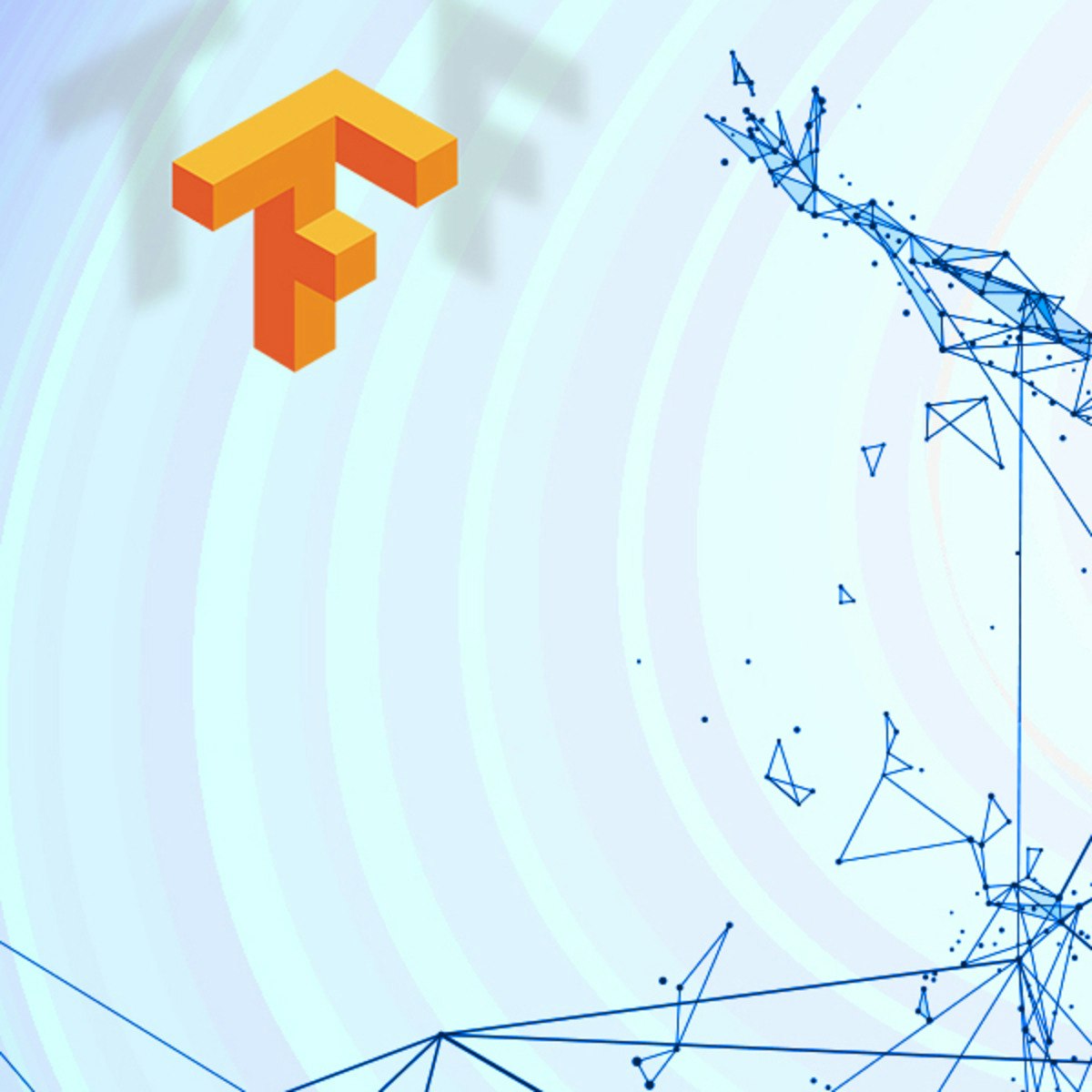Back to Courses









Computer Science Courses - Page 86
Showing results 851-860 of 2309

Responsive Website Development and Design Capstone
For your Responsive Website Development and Design Specialization Capstone Project, you will create a complete, responsive, multi-user, data-driven website which aims to solve a particular problem. We encourage you to create a website addressing a problem that you are interested in! However, if you don’t have an idea of your own, we have several that we will suggest in the course.
In the capstone project, you will:
1. Develop a complete website using the full range of skills learned during the specialisation
2. Work through a structured process from idea generation to product delivery
3. Document and receive feedback on the development of your project from an idea to a fully functional piece of software in a series of structured assignments including peer interactions
Participation in or completion of this online course will not confer academic credit for University of London programmes.

Principles of UX/UI Design
Learn the fundamentals of User Experience (UX) research and design. Become immersed in the UX process of identifying problems and iterating and testing designs to find appropriate solutions. You’ll learn how to empathize with users through best-practice research approaches, and create common UX artifacts such as user personas. And you’ll use UX insights to make appropriate design decisions.
By utilizing the User Interface (UI) design process, you will be able to create wireframes for features in Figma, and turn them into Minimum Viable Product (MVP) style prototypes from your mockups. You’ll also learn the core principles of design such as hierarchy and the use of grids.
By the end of this course you will be able to:
• Design digital products that create value and solve a user's problems in meaningful ways.
• Recognize what constitutes successful UX/UI and evaluate existing interfaces for design consistency and quality.
• Identify best practice interaction design methods and evaluate and improve your own and others' designs.
• Create, share and test your UX / UI designs following best practice guidelines.
This is a beginner course for learners who would like to prepare themselves for a career in UX / UI development. To succeed in this course, you do not need prior development experience, only basic internet navigation skills and an eagerness to learn.

Fundamentals of Graphic Design
Graphic Design is all around us! Words and pictures—the building blocks of graphic design—are the elements that carry the majority of the content in both the digital world and the printed world. As graphic design becomes more visible and prevalent in our lives, graphic design as a practice becomes more important in our culture.
Through visual examples, this course will teach you the fundamental principles of graphic design: imagemaking, typography, composition, working with color and shape... foundational skills that are common in all areas of graphic design practice. I don't just want you to watch a video of someone talking about design, I want you to MAKE design! If you want to be a designer you have to be a maker and a communicator, so this course will offer you lots of opportunities to get your hands dirty with exercises and with more practical projects.
At the end of this course you will have learned how to explore and investigate visual representation through a range of image-making techniques; understand basic principles of working with shape, color and pattern; been exposed to the language and skills of typography; and understand and have applied the principles of composition and visual contrast. If you complete the course, along with its optional (but highly recommended) briefs, you will have a core set of graphic design skills that you can apply to your own projects, or to more deeply investigate a specialized area of graphic design.
To succeed in this course you will need access to a computer. You can complete this course without one but it will be tougher. Access to, and a beginner's level knowledge of Adobe Creative Suite programs, such as Illustrator, Photoshop and InDesign will help you, especially if you want to complete the optional briefs.

Algorithmic Toolbox
This online course covers basic algorithmic techniques and ideas for computational problems arising frequently in practical applications: sorting and searching, divide and conquer, greedy algorithms, dynamic programming. We will learn a lot of theory: how to sort data and how it helps for searching; how to break a large problem into pieces and solve them recursively; when it makes sense to proceed greedily; how dynamic programming is used in genomic studies. You will practice solving computational problems, designing new algorithms, and implementing solutions efficiently (so that they run in less than a second).

Introduction To Swift Programming
Introduction to Swift Programming is the first course in a four part specialization series that will provide you with the tools and skills necessary to develop an iOS App from scratch. By the end of this first course you will be able to demonstrate intermediate application of programming in Swift, the powerful new programming language for iOS. Guided by best practices you will become proficient with syntax, object oriented principles, memory management, functional concepts and more in programming with Swift.
This course is unique in its dedication to teaching Swift programming. With new features and capabilities you will be at the forefront of writing iOS apps.
Currently this course is taught using Swift 2. The team is aware of the release of Swift 3 and will be making edits to the course in time. Please be aware that at this time the instruction is entirely with Swift 2.
Please note that to take part in this course (and the full specialization) it is required to have a Mac computer and, though not required, ideally an iPhone, iPod, or an iPad. NOTE: This course has been designed and tested (and content delivered) on a Mac. While we are aware of hacks and workarounds for running Mac in a virtual machine on windows we do not recommended a PC.
We hope you have fun on this new adventure.

Getting Started with Junos Operating System
In this course, you will be introduced to the design and architecture of the Junos operating system (Junos OS)—the operating system used on Juniper’s routing, switching, and security portfolio. This course will explore the Junos OS command line interface (CLI) for configuring, managing, and monitoring Junos OS-powered network devices. The J-Web interface will also be examined as the graphical use interface (GUI) option for configuring, managing, and monitoring Junos OS devices. You will then be shown initial system configuration tasks and some basic interface configuration. A brief overview of Juniper hardware and software products will also be provided.

RPA Basics and Introduction to UiPath
The RPA Basics and Introduction to UiPath course provides knowledge on Robotic Process Automation basic concepts. It also introduces you to the UiPath Platform and its core components. The course provides a detailed explanation of UiPath Studio User Interface and its features. By the end of the course, you will be able to build your first automation project in UiPath Studio.

Enhance your python unit testing using Coverage
In this 1-hour long project-based course, you will learn how to you can use coverage.py to ensure that every bit of your python code is covered by a test - hence the name coverage.py. You will create test functions for a python class, one method and a time. At each step, you will learn how to cover different aspects of your code and use the cool web interface of coverage.py to monitor your progress.
Note: This course works best for learners who are based in the North America region. We’re currently working on providing the same experience in other regions.

Real-Time Mission-Critical Systems Design
This course can also be taken for academic credit as ECEA 5317, part of CU Boulder’s Master of Science in Electrical Engineering degree.
Upon completion of this course the learner will know the difference between systems you can bet your life on (mission critical) and those which provide predictable response and quality of service (reliable). This will be achieved not only by study of design methods and patterns for mission critical systems, but also through implementation of soft real-time systems and comparison to hard real-time. Methods of verification to determine ability to meet mission critical as well as soft real-time requirements will be learned so that the learner can properly assess risk, reliability and impact of failure in real-time systems.
At the end of this course learners will be able to apply an architectural style (cyclic executive, RTOS, or embedded Linux) to more detailed design of a mission critical system, a soft real-time system, or a mixed hard and soft real-time system, including:
● Thorough understanding of hardware/software device interfaces and resource view for hardware abstraction layers (HAL, BSP)
● Design trade-offs with different real-time hardware architectures including single core, multi-core, hybrid-FPGA, GP-GPU, and DSP systems, with emphasis on multi-core
● Mission critical embedded systems architecture and key design elements
● Fault tolerant processing, memory, and I/O concepts

Building Deep Learning Models with TensorFlow
The majority of data in the world is unlabeled and unstructured. Shallow neural networks cannot easily capture relevant structure in, for instance, images, sound, and textual data. Deep networks are capable of discovering hidden structures within this type of data. In this course you’ll use TensorFlow library to apply deep learning to different data types in order to solve real world problems.
Learning Outcomes:
After completing this course, learners will be able to:
• explain foundational TensorFlow concepts such as the main functions, operations and the execution pipelines.
• describe how TensorFlow can be used in curve fitting, regression, classification and minimization of error functions.
• understand different types of Deep Architectures, such as Convolutional Networks, Recurrent Networks and Autoencoders.
• apply TensorFlow for backpropagation to tune the weights and biases while the Neural Networks are being trained.
